Story: Thai A
Photos: Dan Toan, Nguyen Viet Duc, Jet Huynh, Ly Hoang Long, Minh Loc
In the days before Tet, families buy fresh flowers to decorate their homes and symbolise their hopes for the New Year. We begin our tour of Vietnam’s flower-growing regions with a visit to the mountain town of Dalat, the source of Vietnam’s finest fresh produce and flowers. Dalat is a wonderful place to greet the spring, as the area’s greenhouses and fields are full of endemic and exotic floral species. At the end of each year, Dalat also boasts a vibrant flower festival.
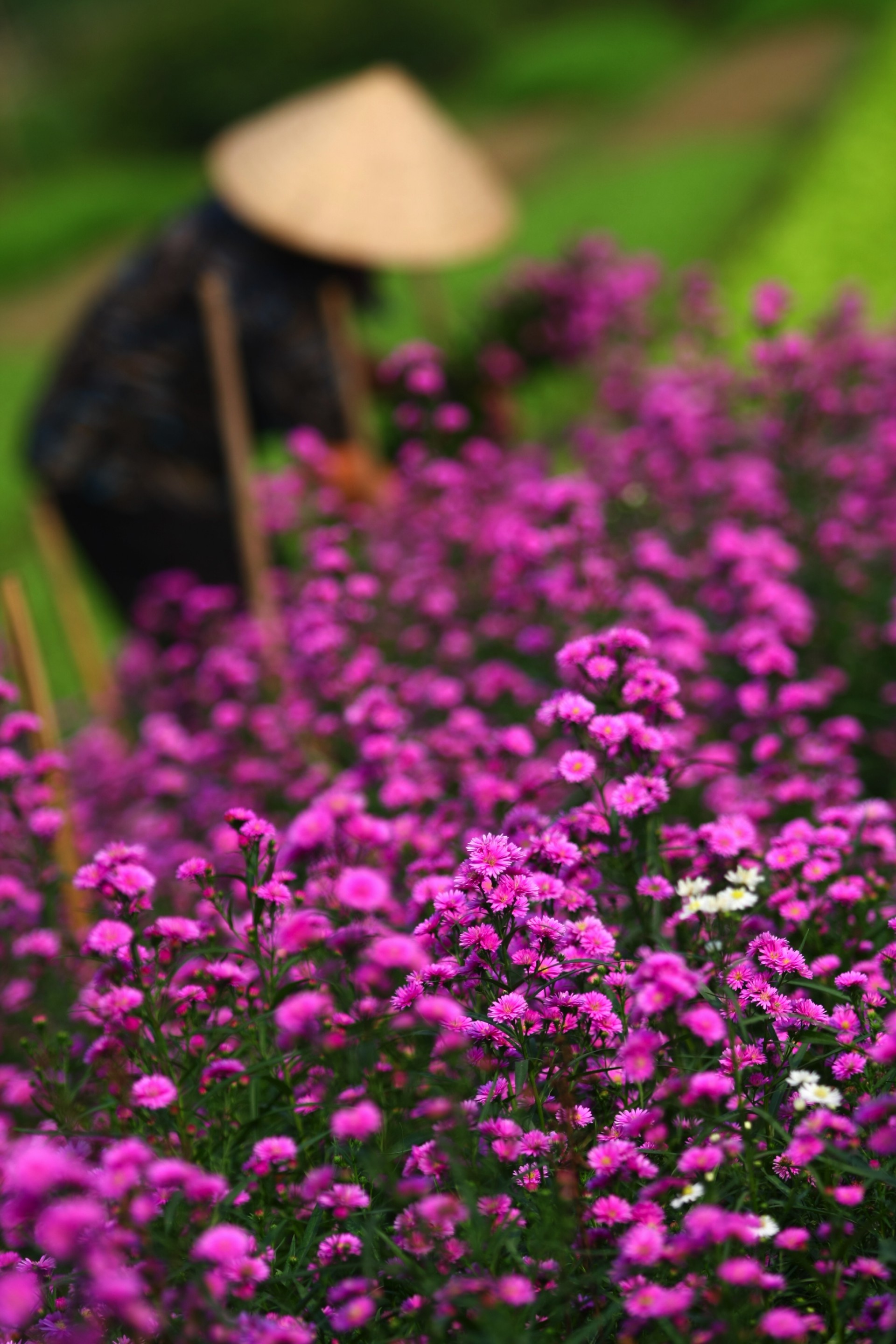
Even the locals have trouble naming the many flowers found here, as new species are constantly being introduced. Familiar blooms include orchids, carnations, roses, lilies, daisies and chrysanthemums, while more exotic imported varieties include plum and cherry blossoms, azaleas, mimosas and hydrangeas. This region is suitable for growing both temperate and tropical species, including a stunning array of orchids. Travellers strolling along narrow lanes lined with radiant pink cherry blossoms feel as though they’ve entered a fairytale world. It’s not a coincidence that Dalat is known as “the City of Love”. Many Vietnamese couples come here for their honeymoon.
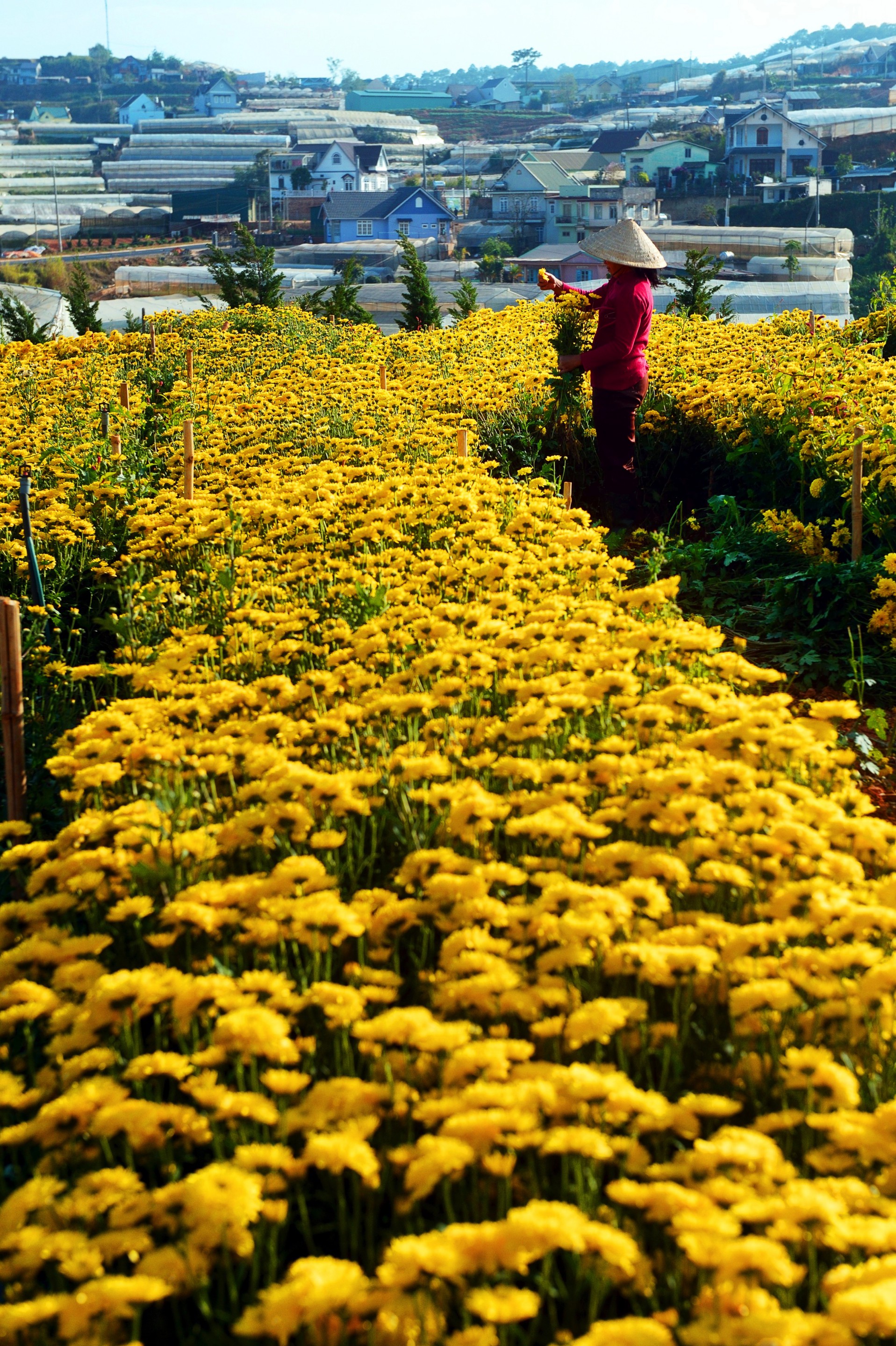
Visitors can tour local gardens and nurseries including Mat Farm and Ha Dong, Thai Phien and Van Thanh villages to watch gardeners tend and graft the flowers. European roses are grafted onto endemic varieties to produce a fascinating array of colours. Flowers from Dalat are sent all over Vietnam to brighten up homes during Tet.
Further south in the Mekong Delta, visitors can tour flower growing areas around Ben Tre and Sa Dec, which specialise in marigolds, roses and primroses. Newlyweds love to pose for wedding photos in front of these colourful fields, which are surrounded by bright green paddy fields. Young city dwellers travel here to admire the fields of flowers and buy pots of ochnas as souvenirs.
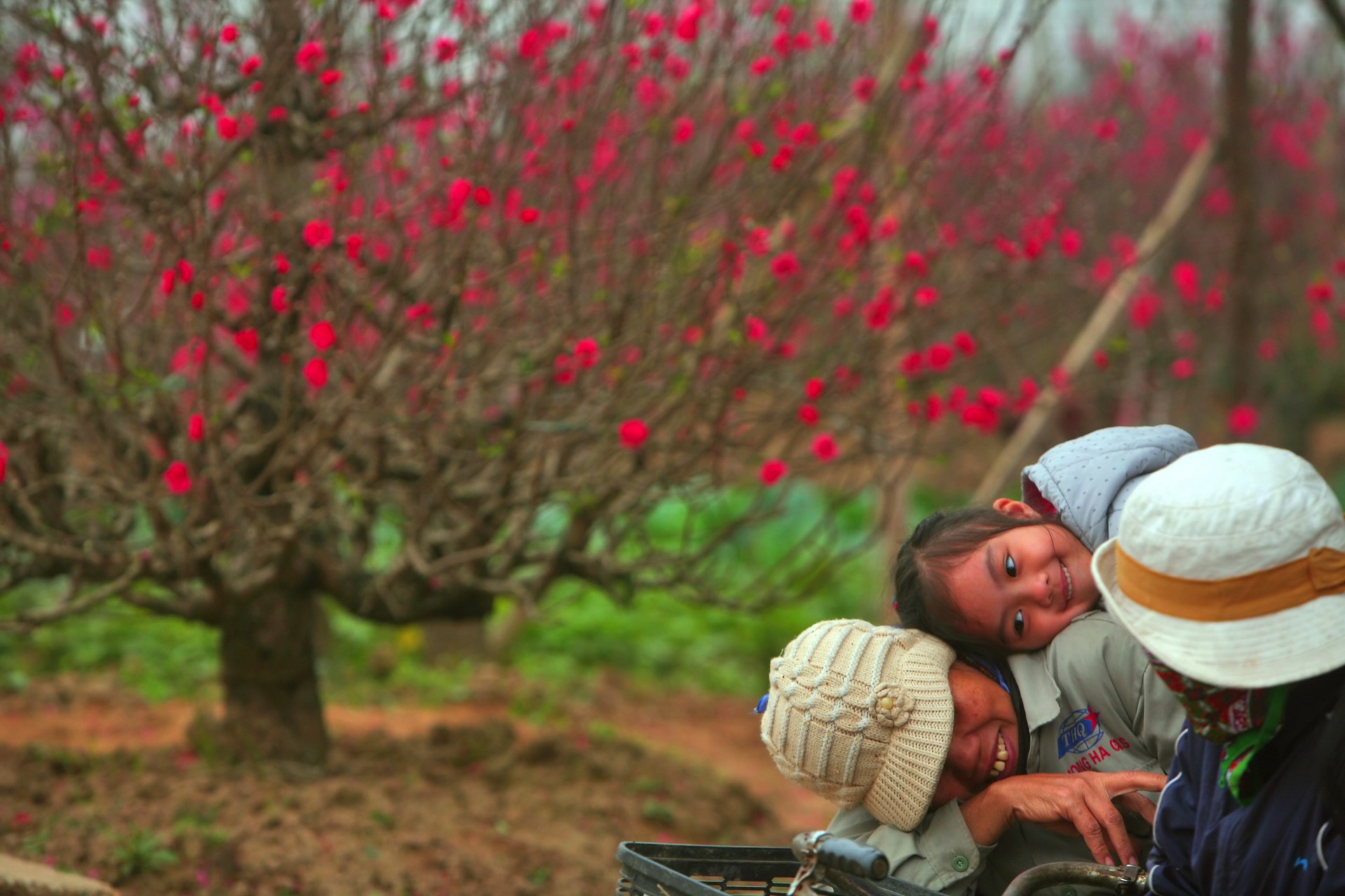
While Northerners can’t fully enjoy Tet without peach blossoms, in Vietnam’s South, golden ochnas are symbols of happiness, affluence and good luck. When it comes to ochnas, one must mention Hao Duc Flower Village in Binh Dinh, known for its branch-bending and trimming techniques that create magical ochna bonsais. Like plum blossom bonsais in the North, ochna bonsais are prized by collectors in the South, with favourite shapes representing Fatherhood, Brotherhood, the Five Fortunes, a Straight Stance, and Wind Resistance. Visitors to Hao Duc village can sit in a bonsai artisan’s house to admire the bright flowers under the Central sun and observe the labour and skill required to produce fine bonsais for New Year.
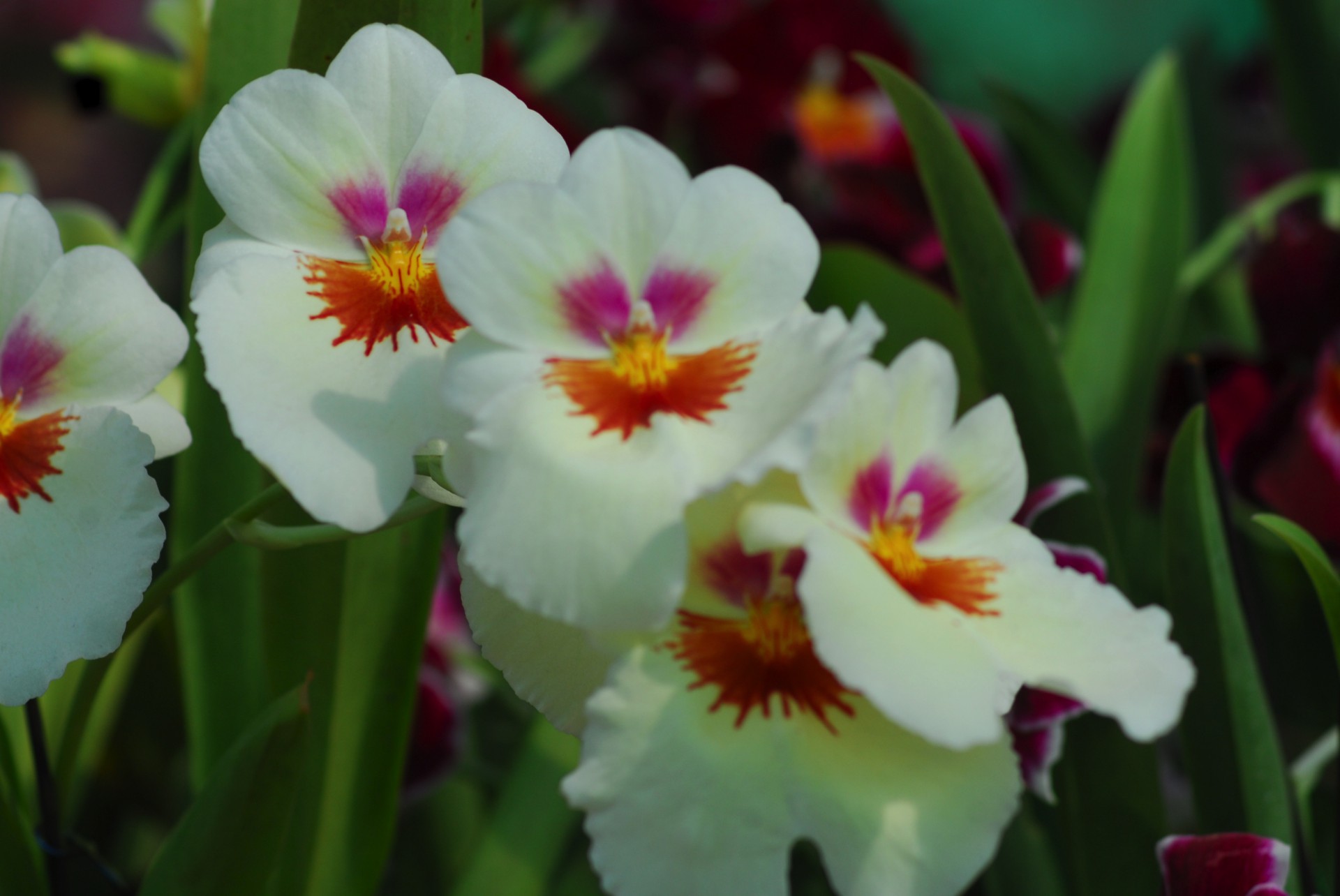
In Hanoi, youngsters travel to suburban flower villages to pose for photos and make video clips, as well as to buy flowers. Nghi Tam, Nhat Tan and Tu Lien are famous in the run-up to Tet because they host the largest flower markets in the capital. Vendors sell kumquat trees, peach blossoms, ochnas and bonsai along the embankments of the Red River. Along with plum blossoms and yellow ochnas, shoppers can find wild peach branches and plum trees that hail from Vietnam’s Northern Highlands, and potted ochnas with slender stems, little leaves and pure white blossoms. Skilful gardeners ensure that daffodils come into bloom right on New Year’s Eve, while chrysanthemums, marigolds, green daisies, lilies and primroses brighten up the grey skies of Tet around West Lake. Hanoi’s downtown flower markets on Hang Ma and Hang Luoc Streets are also at their brightest, with cheerful shoppers and flowers soaking up the weak winter sun.
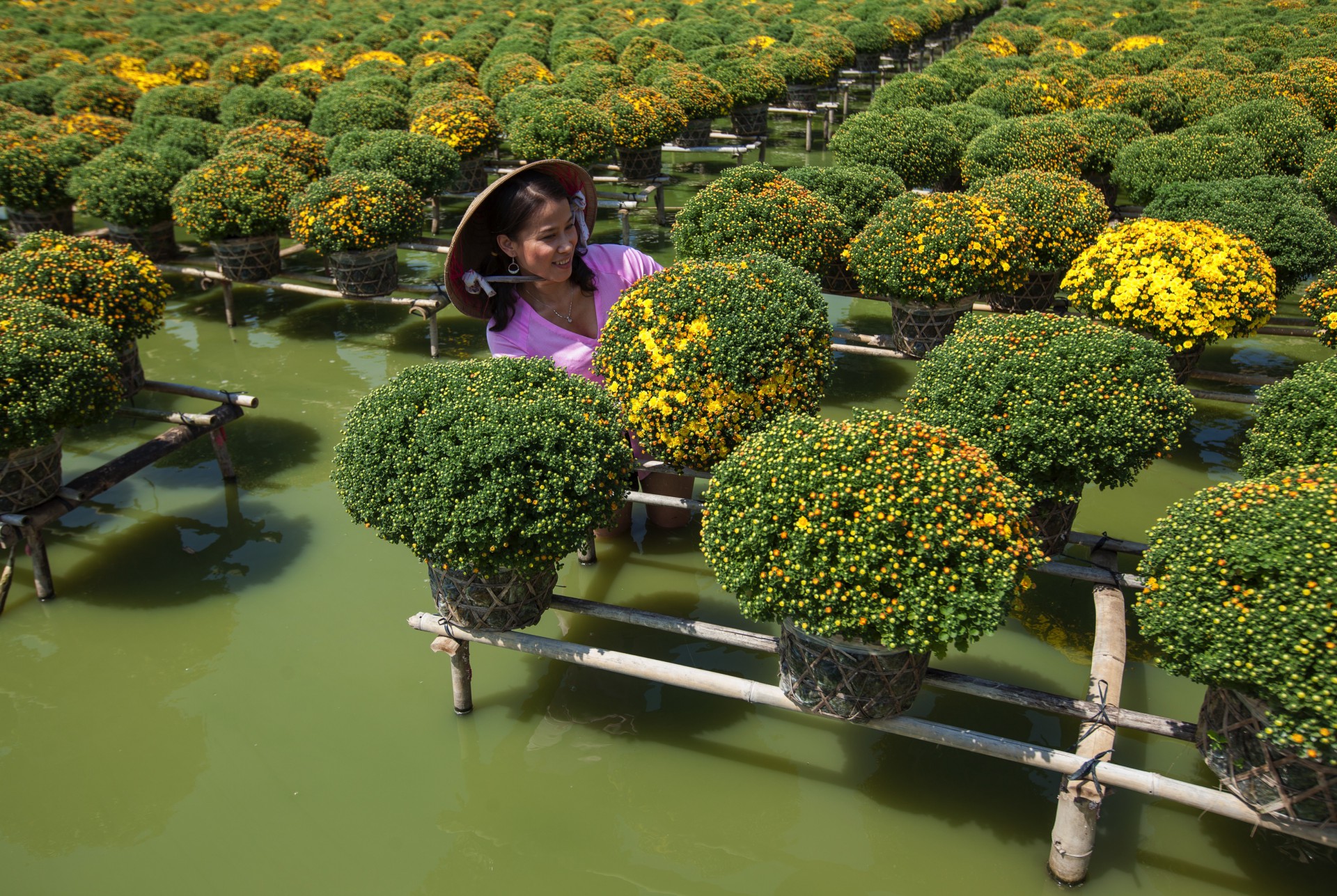
In the weeks leading up to the end of the year, Vietnam’s flower villagers are at their busiest. But on the afternoon of Lunar December 30th stillness descends on these villages. The flowers have all been loaded onto trucks and shipped to far-flung towns and cities to add colour and sweetness to people’s family reunions.










